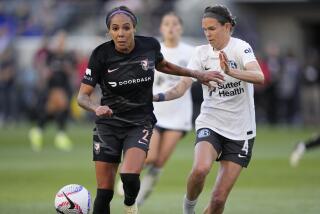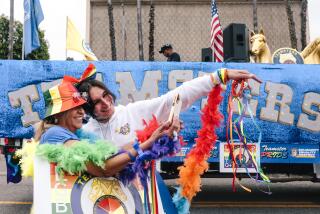Baseball Labor Deal
Length
From 2002 season through Dec. 19, 2006.
Luxury Tax
Teams will be taxed on portions of payrolls that exceed set thresholds. The money will be used for player benefit plan, or the industry growth fund, or developing baseball players in countries lacking organized high school baseball.
The thresholds are:
2002: No tax
2003: $117 million
2004: $120.5 million
2005: $128 million
2006: $136.5 million
Tax rates:
First time over threshold: 17.5% in 2003, 22.5% in 2004 and 2005, no tax in 2006
Second time over threshold: 30%
Third and fourth times over threshold: 40%
Luxury taxes expire on the last day of the 2006 season.
Revenue Sharing
Base plan: Each team contributes 34% of its net local revenue, after deductions for ballpark expenses, to a pool that is redistributed equally to all 30 teams.
Central fund component: Teams that are net payers in base plan will contribute to a central fund of $72.2 million annually, to be redistributed to teams that are net receivers in base plan. The central fund component phases in at 60% in 2003, 80% in 2004, and 100% in 2005 and 2006.
Commissioner’s discretionary fund: The commissioner may redistribute a total of $10 million--$333,333 from each team--taken from the central fund.
Drug Testing
All players will be randomly tested for illegal steroids in 2003 as a survey. If 5% or more test positive in any survey year, mandatory random testing for illegal steroids shall take place during the next two years. If 2.5% or fewer test positive in consecutive years, mandatory random testing shall cease. In any year in which there is not mandatory random testing, there shall be survey testing. The first time a player tests positive during mandatory random testing, he is put in a treatment program. For subsequent positive tests, penalties range from a 30-day suspension to a two-year suspension.
Amateur Draft
The sides shall establish a committee to establish rules for a worldwide amateur draft, which it will try to have in place for June 2003. If a team fails to sign a first-or second-round draft pick, it will receive a corresponding pick in the next year’s amateur draft.
Contraction
Teams may not be eliminated through the 2006 season. The clubs may elect to eliminate two teams for the 2007 season, but must notify players by July 1, 2006.
Minimum Salary
First figure is for major leagues, second is minor league rate for players with split contracts appearing on a 40-man roster for two or more years:
2002: $200,000/$40,500
2003: $300,000/$50,000
2004: $300,000/$50,000
2005: $300,000/$50,000 plus two-year cost-of-living adjustment
2006: 2005 minimums, plus one-year cost-of-living adjustment
Debt
A team may not have more debt than 10 times EBIDTA (earnings before interest, depreciation, taxes and amortization); a team that has moved into a newly constructed ballpark within the last 10 years may not have more debt than 15 times EBIDTA. There will be a three-year grace period, during which the commissioner has the right to retain the debt service rule, fully implemented.
Interleague Play
Interleague play, which had been agreed to on a test basis in the 1997-2001 agreement, is agreed to for the length of the contract.
Free Agent Draft Pick Compensation
Draft-pick compensation for losing Type A and Type B free agents is eliminated.
Benefits Plan
The clubs’ contribution will be $114 million to $115 million annually, up from $70 million in 2002.
Waivers
Each year will be divided into four waiver periods instead of three.
Tenders
All contract tenders to unsigned players on 40-man rosters will be made by the commissioner’s office instead of individual teams.
Source: Associated Press
More to Read
Go beyond the scoreboard
Get the latest on L.A.'s teams in the daily Sports Report newsletter.
You may occasionally receive promotional content from the Los Angeles Times.










